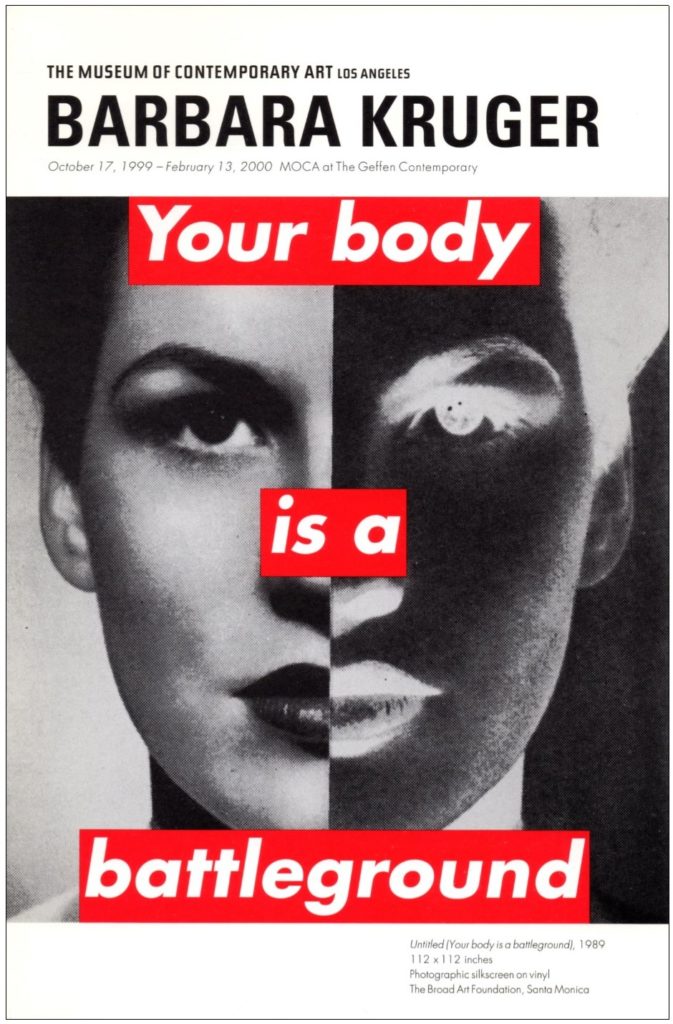Starting in the mid-1990s and continuing for many years, I worked at a small used record shop in Sacramento.1 This was prior to the current resurgence in the popularity of vinyl and also to streaming being the primary manner in which most people listen to music. CDs were the dominant format of the time and also what we generally played in the store, although we did sell vinyl, cassettes, and the occasional 8-track.
One morning, while perusing the racks looking for something to play, I came across Kronos Quartet’s 1993 recording of composer Paul Ostertag’s All the Rage.2 I’d been a Kronos fan for many years, and had seen them perform a few times. Although this particular album was in my personal collection, I hadn’t listened to it in some time, so I decided on it as the first instore-play record of the day. No one else was in the shop as I pushed the play button.
The day’s first customer, a young woman, soon wandered in to browse, and shortly, Eric Gupton’s impassioned delivery of Sara Miles’ libretto came over the speakers:
... The first time someone really tries to kill me. With a knife like they tried to kill Julio, a baseball bat like they did Jo, a bottle like Vickie, a two by four like Matt, a fist a fist a fist a foot and a fist...
The voice took her by surprise; she looked up and listened until the section ended. She then asked what I was playing, and I told her the name of the quartet, of the composer, and of the piece. She thanked me and continued her browsing, but I could tell she was paying close attention to the record.
In 1991, California’s then-Governor Pete Wilson vetoed Assembly Bill 101, although he had made a campaign promise to sign it. AB101 would have prohibited employers from discriminating in hiring and promotion on the basis of a person’s sexual orientation. In response to the veto, there were demonstrations throughout the state, and the one in San Francisco turned violent. Years of pent-up frustration and anger about lack of AIDS funding and support, about gay-bashing, about police harassment exploded after thousands of demonstrators marched from the Castro District to a state building on Golden Gate Avenue where Wilson had an office. Over $250,000 in damage was done to the building. Bob Ostertag was there, and made a sound recording of the incident. Later, he isolated sections of the tape which suggested music, notated the sounds musically, and developed the piece from there. Much of what he wrote for the quartet to play came from the riot’s inherent rhythms which he refined through the editing process; the sounds of screaming, whistles, breaking glass, and chants of “We’re Not Going Back” and “Queers Fight Back” from his tape appear throughout the finished All the Rage recording.
After a few more minutes, the customer again approached the counter.
“I never knew something like this could even exist,” she said to me with a tone and expression that sounded and looked like awe, and asked if I could tell her anything about what she was hearing. I handed her the CD case and told her a little about Kronos – that they were from San Francisco and were commonly referred to as the Fab Four of the classical music world; that they completely changed how a string quartet could look and sound; that their recorded catalogue was varied and always, at the very least, intriguing; that their impact on new music3 really couldn’t be overestimated.
She didn’t talk about how the music affected her, although it was obvious it did so on some profound level. I took her comment about how the piece “could even exist” as meaning she’d never before heard music which so directly spoke to, or possibly even for, her. She read Ostertag’s liner notes, which tell of the riot and his process, and asked if she could purchase the album. I sold it to her and felt I had a role in creating the circumstances which could actually change someone’s life in a positive way.
I’m a straight cisgender male; this fight isn’t mine, except in that I believe in equality; I have close friends in the LGBT+ community; and, as a Japanese-American who has dealt with lifelong discrimination – including having “f*ggot” yelled at me more times than I can count – I feel I can understand that rage.
Art has power. Alliance has power. And rage has power.
The Kronos Quartet’s royalties from All the Rage were and continue to be donated to The American Foundation for AIDS Research (amfAR),4 because Kronos is a righteous organization.
1 I frequented Esoteric Records for years prior to being employed there, and with one particular employee had had conversations regarding David Bowie, Mott the Hoople, Brian Eno, and The Velvet Underground, among other favorites of mine. However, I believe I was offered the job because I knew Doug Sahm’s version of the Bob Dylan song “Wallflower.” I became close friends with my co-worker. Keith. and the owner, Denis, both of whom are no longer with us. I miss their friendship more than I can say, but at least the store lives on, at 1139 Fulton Avenue in Sacramento.
2 Elektra/Nonesuch Records.
3 “New music” is a term used to describe contemporary classically-based music, often avant-garde in nature.
4 The non-profit is now called simply The Foundation for AIDS Research.













